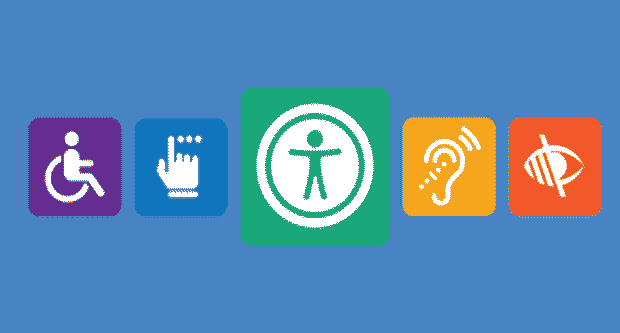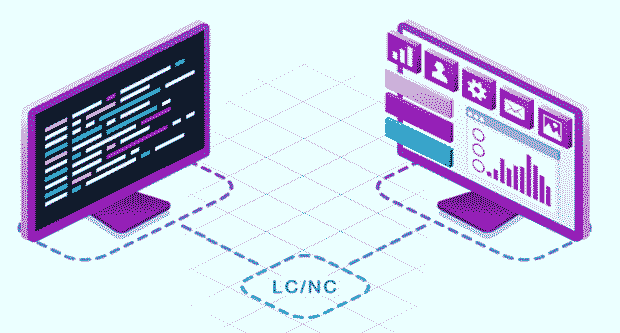Question: Can someone explain the concept of web accessibility and its importance?
In the digital age, the internet serves as a vital resource for information, services, and social interaction. However, not everyone can access the web equally. For people with disabilities, navigating websites can be challenging, if not impossible, when proper accessibility measures are not in place. Web accessibility is about designing websites that are usable by everyone, regardless of their physical or cognitive abilities. This article will explore the importance of web accessibility, guidelines for making websites accessible, and the benefits of inclusive design.
The Importance of Web Accessibility
Web accessibility is crucial for several reasons, ranging from ethical considerations to legal requirements and business benefits.
Ethical Responsibility
At its core, web accessibility is about ensuring equal access to information and services for all users, regardless of their abilities. The internet is a public resource, and everyone should have the opportunity to use it without barriers. When websites are not accessible, it marginalizes people with disabilities, limiting their ability to participate in society fully. Designing with accessibility in mind is a matter of fairness and social responsibility.
Legal Requirements
Many countries have laws and regulations mandating web accessibility. For example, in the United States, the Americans with Disabilities Act (ADA) requires that websites be accessible to people with disabilities. Similarly, the European Union’s Web Accessibility Directive mandates that public sector websites and mobile applications meet accessibility standards. Non-compliance can result in legal action, fines, and damage to a company’s reputation.
Business Benefits
Beyond ethical and legal considerations, there are significant business advantages to making websites accessible. An accessible website can reach a broader audience, including the estimated one billion people worldwide who live with some form of disability. Additionally, accessible design often leads to improved usability for all users, which can enhance the overall user experience and increase customer satisfaction. Furthermore, accessible websites tend to perform better in search engine rankings, as search engines favor sites with clean, well-structured content.
Guidelines for Making Websites Accessible
Creating an accessible website involves following established guidelines and best practices. The Web Content Accessibility Guidelines (WCAG), developed by the World Wide Web Consortium (W3C), provide a comprehensive framework for making web content accessible to a wide range of users. WCAG is organized around four principles: Perceivable, Operable, Understandable, and Robust (POUR).
Perceivable: Making Content Available to All Senses
For web content to be perceivable, it must be presented in ways that can be detected by all users, regardless of their sensory abilities.
- Text Alternatives: Provide text alternatives for non-text content, such as images, videos, and audio. This can include alt text for images, captions for videos, and transcripts for audio content.
- Adaptable Content: Ensure that content can be presented in different ways without losing information or structure. For example, allow users to change text size and adjust contrast settings.
- Distinguishable Content: Make it easier for users to see and hear content. This involves using sufficient color contrast between text and background, ensuring that audio is clear, and avoiding flashing content that could trigger seizures.
Operable: Ensuring Users Can Navigate and Interact
Operable content means that users can navigate and interact with the website using various input methods, such as a keyboard, mouse, or assistive technology.
- Keyboard Accessibility: Ensure that all functionality is available from a keyboard. Many users with disabilities rely on keyboard navigation, so it’s essential that all interactive elements, such as links, buttons, and forms, can be accessed and used without a mouse.
- Navigable Content: Provide ways to help users navigate, find content, and determine where they are on a website. This can include clear and consistent navigation menus, breadcrumbs, and a site map.
- Time Adjustments: Give users enough time to read and interact with content. Avoid setting time limits on tasks, or provide options to extend or turn off time limits.
Understandable: Making Content Clear and Predictable
Understandable content is presented in a way that is easy for users to comprehend and interact with.
- Readable Text: Ensure that text is readable and understandable. This can involve using plain language, breaking content into smaller sections, and providing definitions for unusual terms or abbreviations.
- Predictable Functionality: Create web pages that behave in predictable ways. For example, navigation elements should be consistent across pages, and interactive elements should behave in expected ways.
- Input Assistance: Help users avoid and correct mistakes. This can include providing clear instructions for form fields, highlighting errors, and offering suggestions for correction.
Robust: Creating Content That Works Across Technologies
Robust content is compatible with a wide range of devices, browsers, and assistive technologies.
- Compatible Code: Use clean, well-structured HTML and CSS to ensure compatibility with assistive technologies, such as screen readers. Follow web standards and validate code to minimize errors and ensure consistent performance.
- Future-Proofing: Design websites with future technologies in mind. As new devices and technologies emerge, robust content will be more likely to remain accessible and functional.
The Benefits of Inclusive Design
Inclusive design is a broader concept that encompasses web accessibility but also considers the diverse needs and preferences of all users. By adopting an inclusive design approach, businesses and organizations can create websites that not only meet accessibility standards but also offer a superior user experience for everyone.
Enhanced User Experience
An inclusive website provides a better user experience for all visitors, not just those with disabilities. For example, clear navigation, well-organized content, and intuitive interfaces make it easier for all users to find what they’re looking for and accomplish their goals. By focusing on usability and accessibility, businesses can reduce frustration, increase engagement, and improve overall satisfaction.
Increased Reach and Market Share
By designing websites that are accessible to people with disabilities, businesses can tap into a significant and often underserved market. The disability community represents a substantial portion of the population with considerable spending power. Additionally, accessible websites are often more compatible with older technologies and devices, further expanding their potential audience.
Better Search Engine Optimization (SEO)
Web accessibility and SEO go hand in hand. Many of the practices that improve accessibility, such as using descriptive alt text for images, creating logical heading structures, and ensuring mobile responsiveness, also contribute to better search engine rankings. Search engines favor websites that are well-structured and easy to navigate, which means that accessible websites are more likely to rank higher in search results, attracting more organic traffic.
Legal Compliance and Risk Mitigation
As mentioned earlier, many countries have laws and regulations requiring web accessibility. By adhering to accessibility guidelines, businesses can avoid legal risks and potential lawsuits. Moreover, demonstrating a commitment to accessibility can enhance a company’s reputation and build trust with customers.
Innovation and Leadership
Businesses that prioritize inclusive design and accessibility position themselves as leaders in their industry. By embracing innovation and inclusivity, they can differentiate themselves from competitors and build a strong brand identity that resonates with a diverse audience. This forward-thinking approach can also lead to new opportunities, partnerships, and markets.
Conclusion
Web accessibility is not just a legal requirement or an ethical obligation—it’s a strategic advantage. By designing inclusive websites that cater to the needs of all users, businesses can enhance the user experience, reach a broader audience, and build a positive brand reputation. The guidelines outlined in the WCAG framework provide a roadmap for creating accessible websites that are perceivable, operable, understandable, and robust. As the digital landscape continues to evolve, prioritizing web accessibility and inclusive design will be essential for success in the online world.



